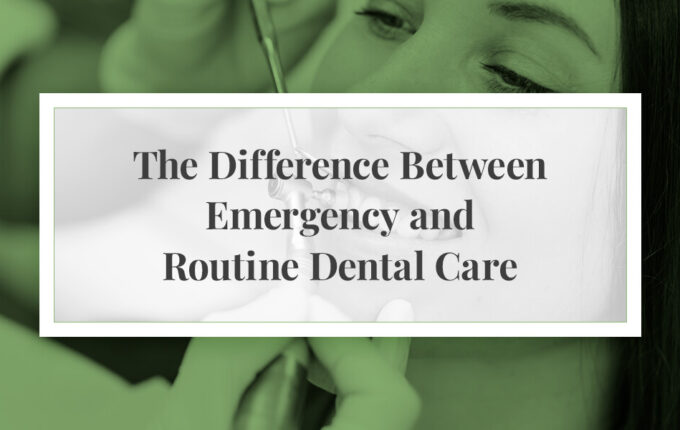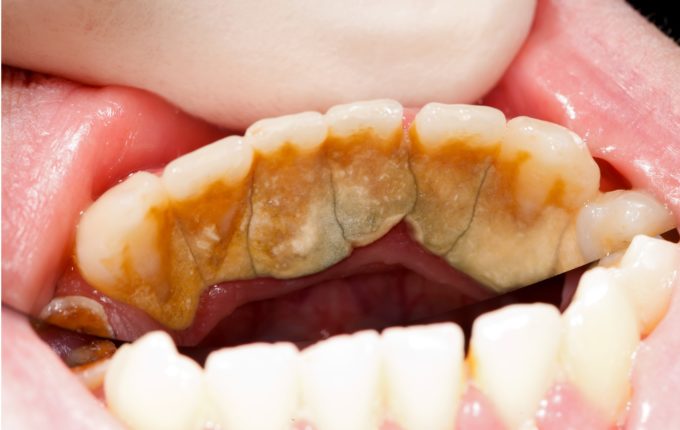Effective Tooth Decay Treatment Methods

Are you dealing with sudden or worsening tooth pain? Or have you recently noticed a dark spot or two on your teeth? While either situation can be concerning, don’t worry. Tooth decay is treatable and common. More importantly, it’s treatable.
There are various methods for treating decay, depending on the extent of its progression. The key to resolving tooth decay is receiving treatment at 209 NYC Dental. Whether you’re catching it early or managing more severe damage, we tailor your care to your exact dental needs.
In this post, you’ll find out:
- The five stages of dental caries
- When it’s time to visit a dentist
- How 209 NYC Dental treats tooth decay
- Ways to prevent decaying teeth
Dental Caries Stages: What’s Happening Below the Surface?
The term ‘dental caries’ might understandably sound unfamiliar. It’s just the clinical name for tooth decay. It happens in clear, progressive stages. Understanding if one of these phases is happening to you helps you know what to look for and when it’s time to act.
White Spots
Contrary to popular belief, and as those who provide tooth decay treatment know, decaying teeth don’t contain dark spots or pits at first. Instead, when the minerals that make up your tooth enamel break down, small white spots appear on the tooth. They may look harmless. However, they’re indicating that a bigger problem is taking place.
Enamel Decay
Like a crack spreading through a cracked windshield, enamel decay spreads when left unchecked. What was once a white spot can darken as actual erosion begins to occur. As this type of decay sets in, it starts to wear away your enamel. This situation makes your teeth more vulnerable and sensitive.
Dentin Decay
Dentin is the term for the softer layer of your teeth beneath your enamel. Without enamel to protect your nerves, decaying dentin causes pain and discomfort. You may notice severe pain when your exposed dentin comes into contact with excessively hot, cold, or sweet foods or beverages.
At this point, a filling is typically the best tooth decay treatment to resolve decaying dentin and stop further decomposition.
Pulp Damage
If decay remains untreated, it goes from the dentin to the pulp. That’s where nerves and blood vessels reside. Treatment is essential in this stage of dental caries, as individuals experiencing pulp damage typically feel sharp toothaches, jaw pain, and swelling.
A root canal is typically needed to fully resolve pulp damage, remove the infection, and save the affected tooth or teeth.
Abscess
Severe pain can quickly become unbearable when bacteria spread past the pulp. As anyone who has experienced an abscess will tell you, it’s excruciating. This type of severe infection commonly causes pain throughout your face. It may also cause fever and swelling around the area where the abscess is located.
Thankfully, although abscesses are severe, they’re treatable. What treating your abscess entails depends on its severity. In this case, tooth decay treatment typically requires draining the abscess, prescribing antibiotics, and potentially removing the affected tooth or teeth.
When It’s Time to See a Dentist
Decay sometimes progresses faster than you’d expect. That’s especially true for decay that goes unnoticed. You can help avoid letting decay get out of hand by watching out for these red flags:
- Lingering tooth sensitivity
- Sharp pain while eating
- Bad breath that isn’t going away
- Visible spots on your teeth
Unfortunately, severe dental caries don’t heal on their own. Waiting too long could lead to constant and severe pain. It’s best to schedule an appointment with your dentist at the first sign of decay. Trust 209 NYC Dental, New York’s longest continually running dental practice, to keep you out of pain.
Tooth Decay Treatment That Works at 209 NYC Dental
Our dental team tailors our treatment to each patient. When it comes to treating decay, 209 NYC Dental has the expertise and tools to address dental caries in each stage. Here’s a closer look at each of our treatment methods:
- Fluoride Treatments: If caught early, remineralization of tooth enamel is possible. This type of tooth decay treatment typically comes in the form of pastes and varnishes.
- Dental Fillings: When dealing with small to medium-sized cavities, the next step is to clean out decay and seal an opening with composite that matches the color of your tooth.
- Root Canals: If you have infected pulp, our dental specialists remove any damaged tissue, disinfect the canal, and restore the tooth from the inside out.
- Crowns: If decay leads to the removal of a large portion of your tooth, a crown is often a solution to cover and protect the part of your tooth that remains.
- Tooth Extractions: For teeth that aren’t savable, implants and bridges are comfortable tooth replacement options to consider.
Preventing Future Tooth Decay
Even the best tooth decay treatment won’t matter much if decay keeps returning. Prevention is your best defense. Here’s how to stay ahead of it while keeping your oral health in check:
- Brush with fluoride toothpaste at least two times per day.
- Floss each day to prevent plaque buildup.
- Ditch sugary sodas and energy drinks for water.
- Receive dental cleanings every six months to a year.
At 209 NYC Dental, prevention and education go hand in hand. We’re here to support your oral health and a healthy lifestyle, not just fix problems.
Take the First Step Toward a Healthy Smile
Tooth decay is one of the most common dental concerns, but it doesn’t have to take over your smile. Whether you’re noticing the first signs of decay or experiencing severe discomfort, getting prompt dental care can save your teeth.
Ready to get started? Contact 209 NYC Dental today. Whether you have questions first or need urgent care, we offer tooth decay treatment from a team that puts your comfort and care first.
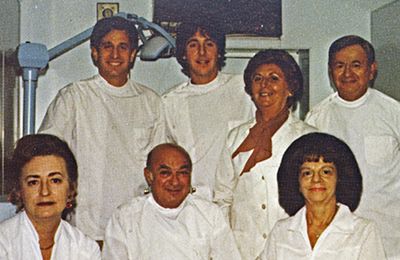 Our History
Our History
 Our Providers
Our Providers
 About Us
About Us
 Blog
Blog
 Contact us
Contact us
 Diagnostic & Preventive
Diagnostic & Preventive
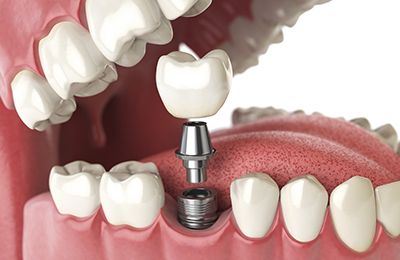 Implant Dentistry
Implant Dentistry
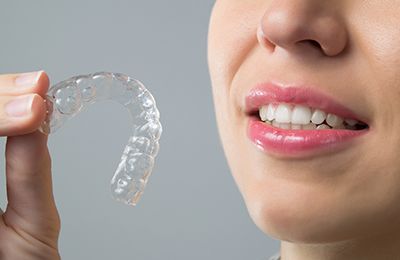 Clear Braces - Invisalign
Clear Braces - Invisalign
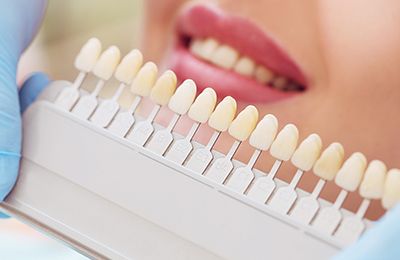 Cosmetic Dentistry
Cosmetic Dentistry
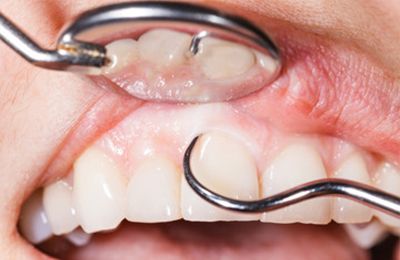 Periodontics
Periodontics
 Patient Forms
Patient Forms
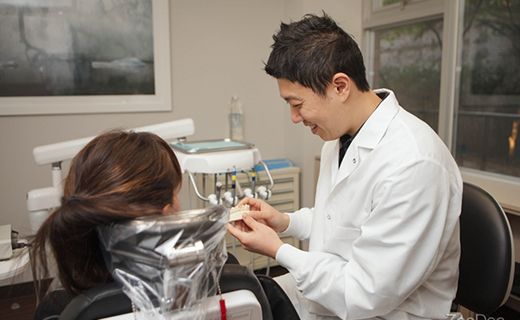 Payment Information
Payment Information
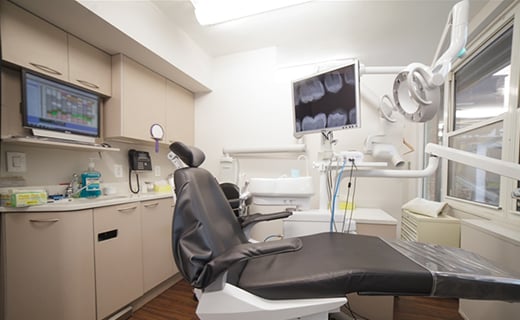 Insurance Options
Insurance Options
 CareCredit Dental
CareCredit Dental
 Appointment Policy
Appointment Policy
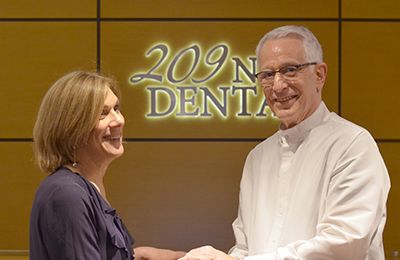 Free Consultation
Free Consultation
 Complimentary Teeth Whitening
Complimentary Teeth Whitening
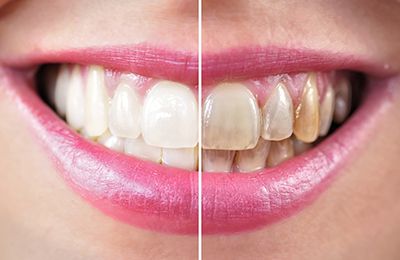 Teeth Whitening
Teeth Whitening

